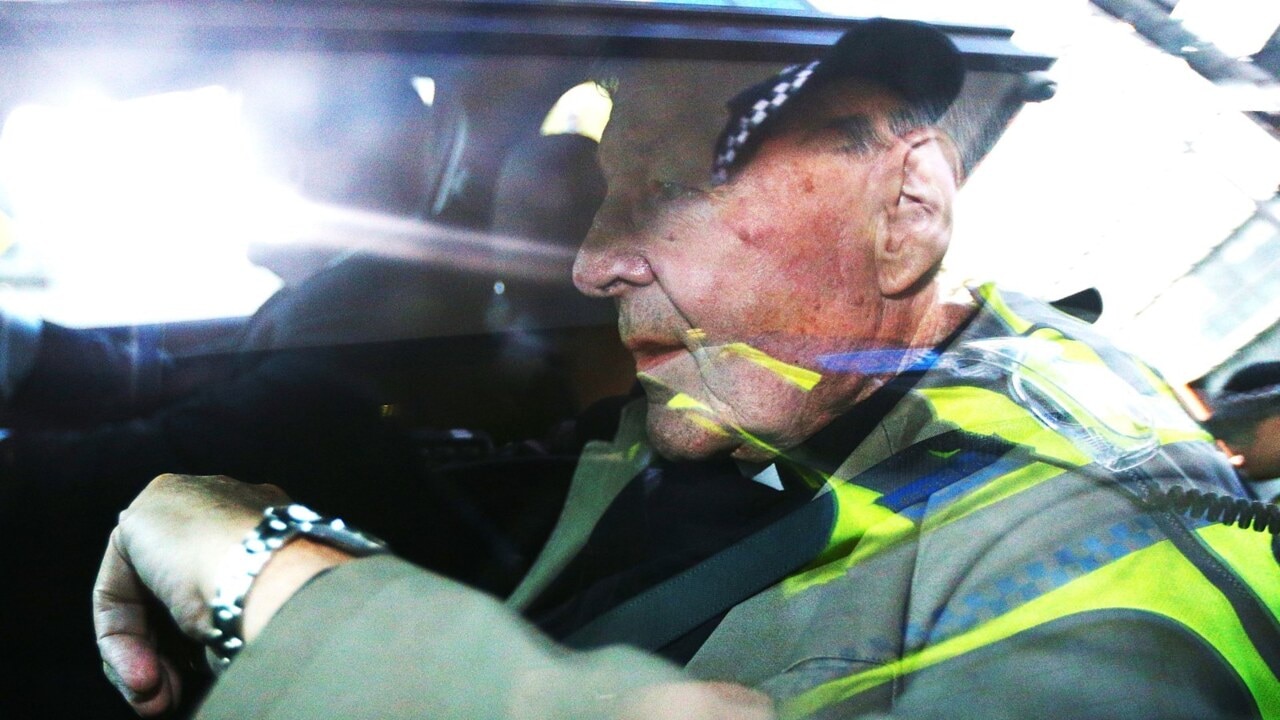
There are some ideas that, once expressed, simply cannot be unheard. One such idea emerged during the criminal trial in Melbourne of Cardinal George Pell.
And the repercussions will be played out next year in the High Court when the cardinal’s final appeal comes on for hearing.
Pell is serving a six-year sentence after being convicted by a jury of abusing choirboys in Melbourne’s St Patrick’s Cathedral.
During the trial, his defence team made the point that there were many reasons why it would have been impossible for the cardinal to have sexually abused those boys after mass in the cathedral.
READ MORE: Court clears way for Pell rethink | Vatican responds | Cardinal’s lifeline | What the ruling means | ‘Onus of proof reversed’
Planting that idea in a jury’s mind might have appeared at the time to be an attractive tactic. But with the benefit of hindsight, it might also have planted an associated idea that, from the perspective of the defence, would have been counter-productive.
We will never know for sure, but consider this hypothetical: Pell’s jury was obliged to acquit the cardinal if they concluded there was a reasonable doubt about the prosecution’s case.
But what if the jury decided the defence had failed to show it would have been impossible for the cardinal to have abused those boys? To some, this might have meant Pell had failed the test of impossibility that had been set by his own side.

From the perspective of the defence, showing that an allegation is affected by reasonable doubt is easier than showing it is impossible. This might explain why Mark Weinberg, of the Victorian Court of Appeal, wrote in his powerful dissent in favour of Pell that it would have been better had the “potentially misleading term, ‘impossible’ been entirely avoided”.
One of the key issues during the trial concerned the assertion by the complainant that Pell had pushed to one side his long robe in order to expose his penis.
When it was pointed out that the robe was seamless, he changed his testimony and provided another explanation.
At that point, an alarm should have screamed “reasonable doubt” in every juror’s ear, regardless of whether it was possible to abuse a choirboy while robed for mass.
Instead, the issue for the jury might have concerned impossibility — just as it was for the majority on the Court of Appeal that ruled against Pell.
This is a direct quote from the judgment summary issued by the Court of Appeal when it rejected Pell’s appeal against the jury’s verdict: “Having taken advantage of the opportunity to feel the weight of the robes and assess their manoeuvrability as garments, the Chief Justice and Justice Maxwell decided that it was well open to the jury to reject the contention of physical impossibility. The robes were not so heavy as to be immovable ...”



